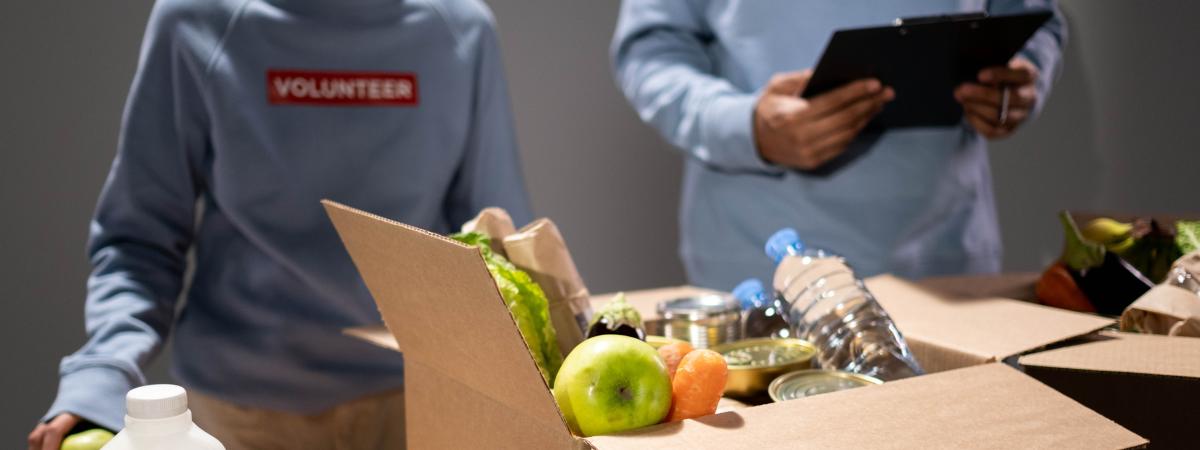The Emergency Food Assistance and Food Security (EFAFS) Study seeks to better understand the complex dynamics that affect food pantry needs and usage in the Greater Cleveland area. In 2020, 7 out of every 10 Clevelanders utilized Emergency Food Assistance through partners of the Greater Cleveland Food Bank*. Food insecurity has become endemic in many Cleveland neighborhoods and is a major contributor to health disparity in these areas.
In partnership with the Greater Cleveland Food Bank (GCFB), this study will explore spatial-temporal patterns in food assistance usage and client experience in predominantly minority neighborhoods. The study will employ geospatial techniques, quantitative and qualitative research methods including interviews and photovoice to further explore the barriers and benefits of utilizing food pantries on both the individual and community level.
This research into food pantry availability, accessibility, users, and usage patterns is critical to addressing issues of nutrition and health equity and will provide insights that can influence policy changes and mitigation measures among our community partners.
For more information on how the COVID-19 Pandemic impacted food insecurity in cities across Cuyahoga County please read our data brief.
*Estimates of pantry usage is based on researchers' analysis of food pantry use data for CY 2019 and CY 2020 shared by the Great Cleveland Food Bank
This study is supported by a grant from the National Institutes of Health (NIH) through CWRU Center for Reducing Health Disparities (CRHD). This study is part of the pilot award for Community-Engaged Approaches to Understand or Reduce Health Disparities offered by CRHD.
Participants will include food pantry clients and managers, identified, and recruited in partnership with the GCFB.
Analysis of client pantry use data provided by the Greater Cleveland Food Bank began in August 2021, using information about pantry use and client profiles from 2019 and 2020. Sampling and site selection will begin in November 2021 and interviews with the selected 50 pantry clients and 5-10 pantry managers will begin shortly thereafter.
Following these interviews, 20 clients will participate in photovoice reflection and the team will finally conduct food pantry assessments in partnership with selected pantry managers.
These final two stages of the project will begin in January 2022.
● What are the spatiotemporal dynamics of emergency food assistance usage and availability, and how has pantry use and client base changed since the COVID-19 pandemic?
● How do individuals and communities perceive, value, and experience food insecurity, and how does this impact food pantry use? What barriers and opportunities do clients and communities engage with?
● What are the needs of Cleveland’s food pantries, and how do these needs vary by food pantry type and location?


